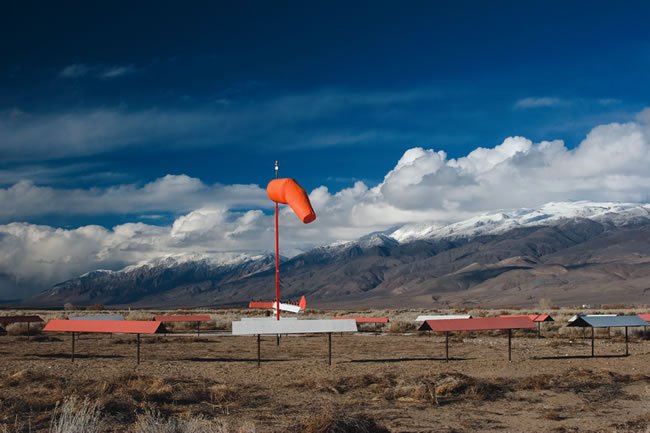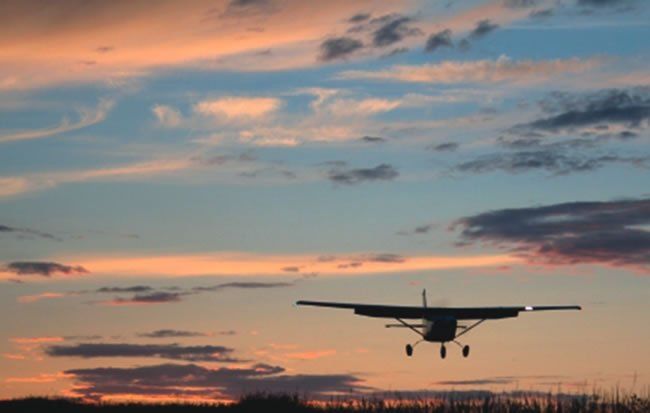In many ways, talking about flying consistent traffic patterns as a way to help perfect our landings is a fools errand. Thats because each pattern, approach and landing is different. Tower can bring us in directly to the runway on a long final or a short right base, or ask for an extended downwind. What was a mild left crosswind when you landed this morning can be a honker from the right this afternoon.

At non-towered facilities, slower traffic in front of us can mean its wise to go into what I call hover mode: slow down much more than is normal for you and the airplane youre flying to maintain a healthy distance and allow the preceding airplane to land and get off the runway before you touch down.
Here are some of the many different variables you may encounter on your next landing, all of which can make it different from what youve practiced:
Light
Presuming youve been perfecting your landings in good, daytime VFR, the first dusk or night landing you attempt can be an eye-opener. Your depth perception will be way off, and youll think youre higher than you really are. That can translate to a late flare, or none at all and a bent nosewheel.

Wind
If youve been practicing in calm winds, a stiff breeze or crosswind can wreak havoc on your nice little set of consistent pattern and landing procedures. A stiff wind slows your groundspeed on final, and if you fly the same airspeeds and descent rates from abeam the numbers, youll come up short. Crosswinds, meanwhile, are a whole ‘nuther topic.
Traffic
The guy or gal in front of you could well be covering the ground at a speed slower than required on a U.S. Interstate highway, or an RJ could be sweeping in behind you, right behind the controllers admonition to keep your speed up. How will you cope?
The easy answer to these and other challenges forcing you to modify your landing procedures is to gain some experience and practice maintaining 100 knots to the threshold, or turning final at 60. But before you start getting into too many variations, you still need to perfect the basic tasks, consistently and mostly without having to think too much about it.




